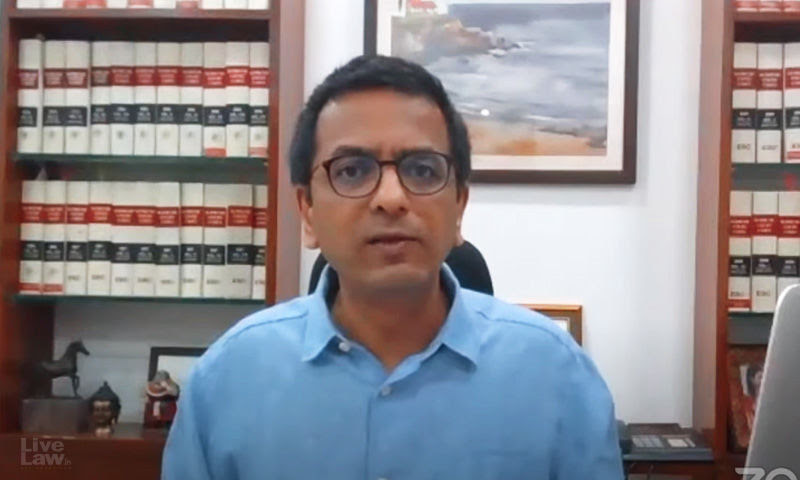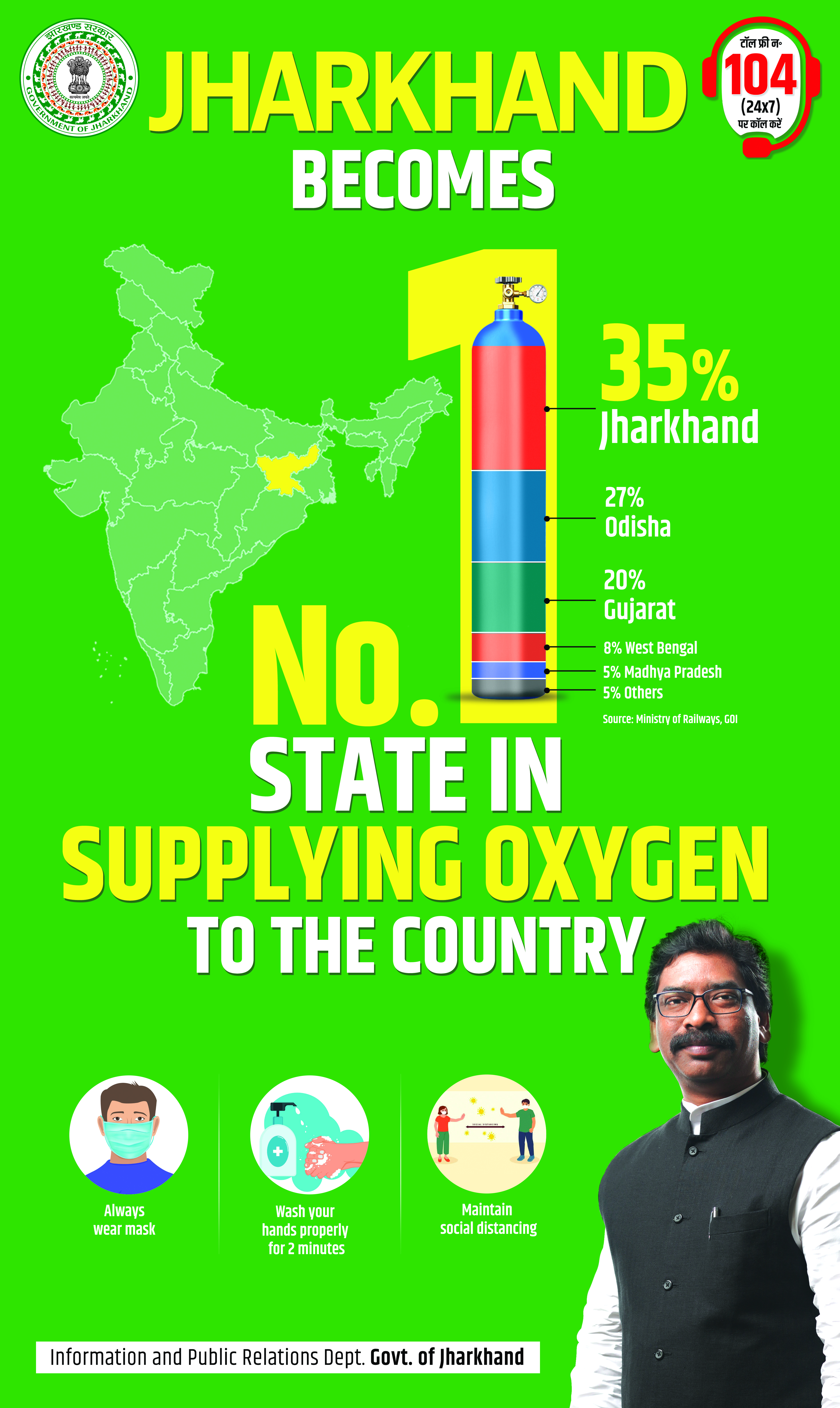
Indian judiciary has gone digital. This is evident from two schemes -Judgements & Orders portal and e- filling 3.0 module.
Dr Justice Dhananjaya Y. Chandrachud, Judge, Supreme Court of India and Chairperson, e-Committee of the Supreme Court on April 9, 2021, Friday, virtually inaugurated both these schemes -Judgments and Orders Portal for searching past judgments and orders and an e-Filing 3.0 module which allows electronic filing of court documents.
Several dignitaries including Shri Barun Mitra, Secretary, Department of Justice; Chief Justices of various High Courts; Dr. Neeta Verma, Director General, National Informatics Centre and members of e-committee of Supreme Court joined the event virtually. The initiatives developed by Pune based e-Courts project team are aimed to strengthen legal system.
The Judgments and Orders search portal is a repository of judgments pronounced by various High Courts in the country. It provides facility to search judgements and final orders based on multiple search criteria. The main features of the portal are:
Justice Chandrachud, while speaking about the portal, said the judgment search portal, has data today of 38 million cases available, “We have data of 106 million cases which are being disposed of & are available & the total number of 141 million orders. With this mine of data, why not we provide a free search engine.”
The e-filing 3.0 module, introduced by the e-Committee of the Supreme Court, allows electronic filing of court documents. With the introduction of the new module, there will be no need for lawyers or clients to visit the court premises for filing of a case. The filing process can take place even when the court, client and lawyer are at three different locations. “Lawyers sitting in their own office can do the entire exercise without travelling. And the project system was completed in a record time of 6 months,” Dr Justice Dhananjaya Y. Chandrachud, Judge, Supreme Court of India and Chairperson, e-Committee said during the unveiling of the e-filing module. The e-filing portal aims to aid in the work of the lawyers by:
“For instance, a bank manager is located in Agra, the advocate is based in Lucknow but the case it to be filed in Gorakhpur. All three can collaborate on the e-filing 3.0 module which is being created by the NIC to ensure they can collaborate and represent their case”, said Justice DY Chandrachud.
